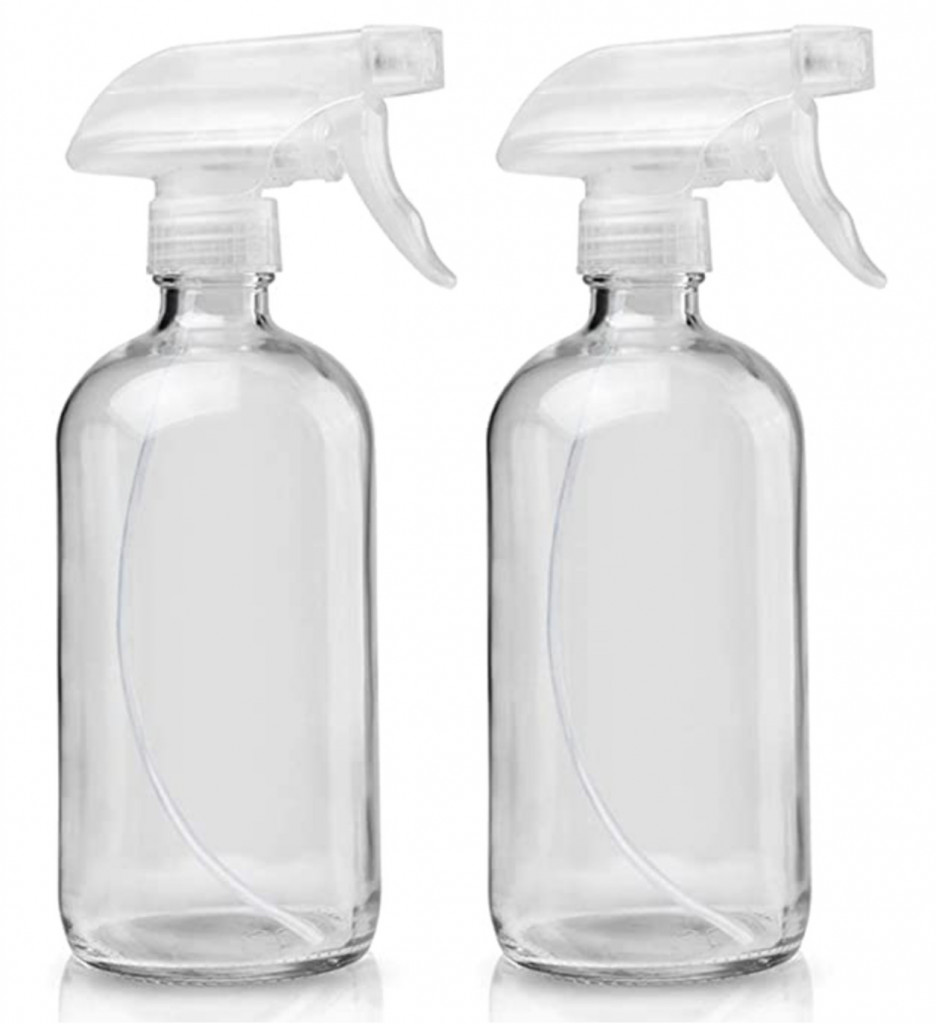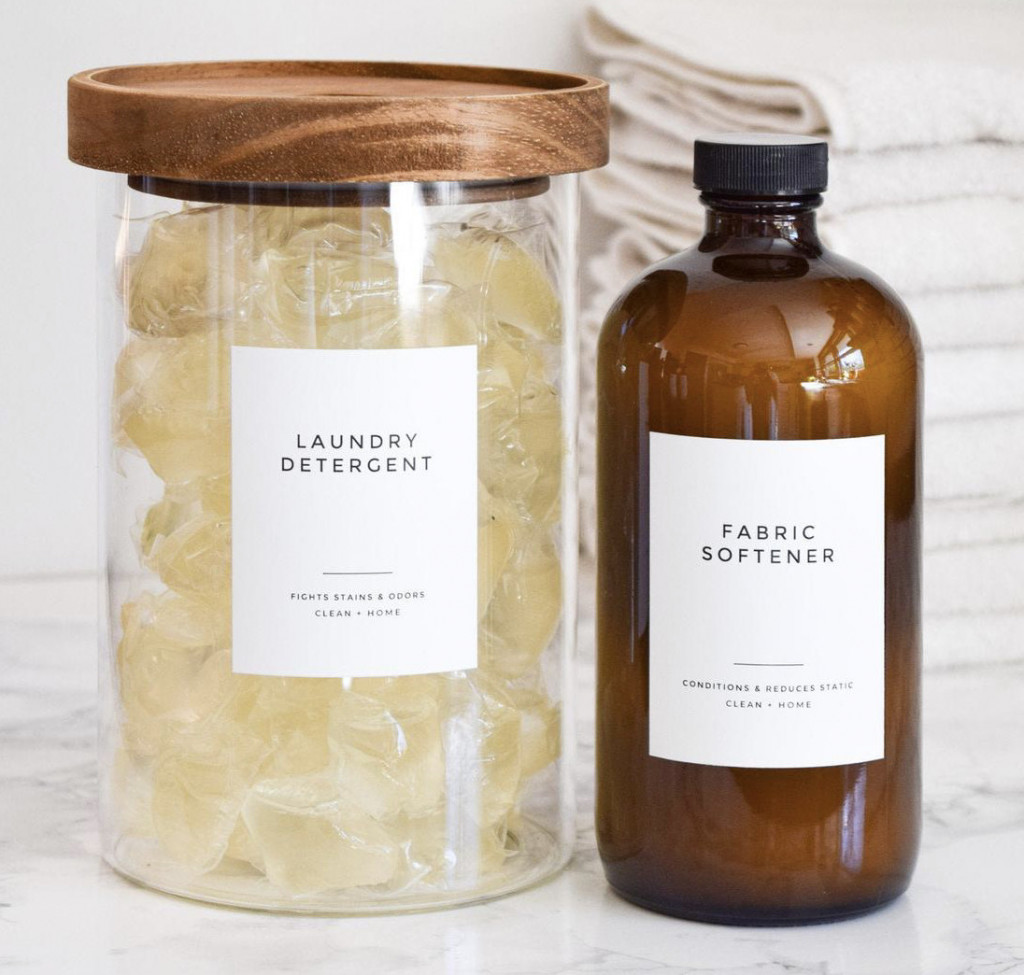I don’t think that I knew how much rug layering was going on in my house until recently. To be honest it just seems normal to me now, but I realized that for a lot of people, layering rugs can be daunting. And I have proof of that by seeing some of the layering that’s going on that, well, just doesn’t work. So I’ve done some research and put together some graphics to help you out, that way if you have layers in your house you can double check and make sure they’re all good, or fix them :-/
I think the biggest upside to layering rugs is the texture, color, and a element of surprise to your room! For instance say you’re wanting a little color but the idea of an 8×11 colorful rug is super daunting, this way you can still accomplish that. By having a neutral base (the larger rug underneath) you can then have a smaller, more colorful rug on top to fulfill that color that you’ve been looking for!
I also find picking the size rug for your space can be difficult at times too! So there is a huge section dedicated just to the right size and furniture orientation for reach room for your rugs.
Firstly…
you have to decide if the room of choice can even accommodate layering. Meaning, is it large enough to have two different rugs, patterns, and textures? Or will it completely overwhelm the space? Living rooms, bedrooms, large offices and front doors are great spaces for layering. We have our living room and front door layered up! But let’s say your living room is rather small, and you have large and dark furniture? If you are dead set on layering your rugs in this case, then I would recommend lighter colors and minimal (if any) patterns. But my personal preference and style would say “no”, but of course everyone’s style is different.
Let’s say you have a carpeted area? Me? I hate carpet. Hate it hate it. Our entire second floor is carpeted and if we were going to be here longer I would put hardwood floors down. So if you have a carpeted floor but want a rug, there are a few questions to answer. 1. Is the carpet a texture that would accommodate? Meaning, if it’s a long pile then the rugs would move around, fall into the carpet and just not work. But shorter and firmer carpets might. 2. How large is your carpeted space? A hallway runner? Great! A large rather open/empty room? I’m gonna say you should rethink it. If your room is medium-sized, has a good amount of furniture and the rug either covers most of it or compliments the furniture in there (specially), then sure! But throwing a small rug in the middle of a larger/open carpeted space? Just random and not a good idea. Bedrooms with carpet would work great as long as you get a rug big enough (see graph below) which is an important thing to keep in mind anyway.
secondly…
size does matter. Hahaha sorry. But it’s incredibly true when it comes to your rugs! I eluded to it a bit above when talking about a small rug in a large carpeted area, but even when there isn’t carpet you still have to be very careful as to how large/small your rug is. There is actually a home/decor blogger/influencer that I follow and absolutely LOVE. I adore her style, however I even noticed her dining room table rug is a no-go. Most of the time when picking your rug you think about how it is going to fit under the furniture in the room. Let’s break it down:
Living Room
You can either have part of the living room furniture on the rug, meaning front half or 6 inches of the couch, front legs of the chairs, etc. or you can have the entire piece of furniture fit on the rug with a little extra behind it. But make sure all the furniture can apply to this rule.


Dining Room
This one is a tricky one and tends to intimidate people when you add the element of fallen food. However it is becoming more common and softens a space making it easier for you to have a wood table on hardwood floors. However the ratio is crucial. All the chairs need to be able to be on the carpet when they are pulled out. So if the legs of the chairs fit on the rug when they are placed neatly under the table, but come off the rug the second you pull it out to sit down, no dice.

Bedrooms
Also a tricky space because a lot of homes tend to have carpeted bedrooms. So take note of the convo above about the texture of your carpet and size of your space, but if all of those boxes are checked, find a rug that fits almost completely under the bed leaving a bit of space in front of your nightstand and a significant distance past the foot of the bed. Putting a rug in the middle of the floor between the foot of the bed and furniture or a wall is just plain weird. You can add coziness another way than a rug island in your bedroom. You could also add runners on either side of the bed too!


Layering
When picking the sizes of rugs to layer, area rugs are the best way to go. Let’s talk living rooms for a second. You could do an 8×11 rug or 9×12 (depending on the size of your room) with part of your furniture sitting on it, maybe the front half or so with a smaller more decorative rug on top framing the inside of where your furniture lies. Meaning none of your furniture (except for the coffee table) touches the top rug. This is the cleanest way to do it in my opinion. But playing with the space of the top rug that is under the furniture isn’t the worst thing in the world, it will just make it look a little tighter, and busier. And you’ll lose visibility of a lot of the bottom rug. Hides are also amazing to use as a top layer on a natural rug for decoration and texture. Because hides are usually smaller they work great on larger area rugs. Much better in my opinion than having it lay alone in a larger space.



You can also angle the hide rug if you like that better. Just make sure that when you do you can move it a bit so one corner of the bottom rug isn’t more exposed than the other. might make the room feel uneven.
Doormats are the most common rugs I see layered these days, which makes sense! They are smaller, more affordable and easier in regards to the dimensions. Just find an indoor/outdoor rug, generally the 3’x5’ sizes work best and layer it under your doormat! I LOVE this because you can easily change the layers and the look for every season if you wanted to. Maybe a darker buffalo checked pattern for fall? And then a lighter striped pattern for Spring/Summer? Great options! But one thing to make sure of is that your doormat fits completely INSIDE your outdoor rug. Meaning you can see the outdoor rug (bottom layer) on all four sides of the doormat, like the graphic below. Also make sure that your doormat isn’t insanely small. Mine is from Studio McGee and 2’x3’, but I know a lot of the ones you find on Amazon are smaller. And yes, mind is on the more expensive side, but it has sat outside on our front porch for almost three years through every single bit of weather and season and still looks amazing! I’ve gotten the cheaper ones, and they fade within months. So maybe consider it an investment over time so you won’t have to replace it later.

What NOT to do…


thirdly…
Time to pick your colors and designs. My go-to is a neutral and natural base, usually a jute weave layered with a colorful vintage design. This is where you can get that pop of color in your room without overwhelming the room. Below are some great options, but start with figuring out the colors in your room! Maybe you want a hint of blue, or just accentuate the neutrals? Pick those colors and start from there!
This is also where you might decide whether or not the room can accommodate it design-wise. Sure you might be able to fit a rug in your room spatially, but would two layered rugs be too busy? Or is the room not necessarily a “cozy” one that you need to layer? I think layering rugs adds a cozy factor because of the additional material, so if your room is on the formal side I would say either just go with one rug or find the most minimal layers possible. Otherwise the designs and feels of the room might conflict with each other.
Take a look at some of the finds below that I think would go great to layer together!




